- Cold-Weather Crops
- Biennial Vegetables
- Slow-Growing Herbs
- Basil (Ocimum basilicum)
- Rosemary (Rosmarinus officinalis)
- Oregano (Origanum vulgare)
- Thyme (Thymus vulgaris)
- Long-Growing Flowers
- Perennial Plants
- Lavender (Lavandula angustifolia)
- Echinacea (Echinacea purpurea)
- Peony (Paeonia spp.)
- Hardy Trees and Shrubs
- Heat-Loving Vegetables
- Tomatoes
- Peppers
- Eggplant
- Cucumbers
- Watermelon
- Frost-Tolerant Plants
- “Question-Answer”
- Which plants should be sown in January for seedlings?
- Is it necessary to sow seeds indoors in January?
- What are the advantages of sowing seeds in January?
- Are there any plants that do not require extra time to develop for seedlings?
- What is the best way to sow seeds indoors in January?
- When should I transplant my January sown seedlings outdoors?
- Can I sow flower seeds indoors in January?
- “Video” 7 FATAL MISTAKES: Why Seeds Not Germinating or Sprouting?
January is a crucial time for gardeners to start planning their upcoming growing season. While many plants can be grown from seeds, some varieties require extra time to develop as seedlings before they can be transplanted into the garden. These plants need an early start to ensure they have enough time to mature and produce a bountiful harvest.
Tomatoes are a popular choice for home gardeners, but they are also one of the plants that require a longer growing season. Sowing tomato seeds in January allows them to develop sturdy seedlings by the time warmer weather arrives. This extra time allows the seedlings to establish a strong root system and develop healthy foliage, resulting in healthier plants that are more resistant to pests and diseases.
Cucumbers are another plant that benefits from an early start. By sowing cucumber seeds in January, gardeners give them the necessary time to grow and produce a high yield. Cucumbers thrive in warm weather, and starting them early ensures that they have enough time to mature before the colder temperatures of fall arrive.
Peppers are a heat-loving plant that requires a longer growing season to reach maturity. By starting pepper seeds in January, gardeners can give them the extra time they need to grow into strong seedlings. Peppers can take several months to mature, so giving them an early start ensures a successful harvest.
Other plants that benefit from an early sowing in January include eggplant, broccoli, and cauliflower. By starting these plants early, gardeners can optimize their growing season and increase the chances of a successful harvest. So, if you’re looking to get a head start on your garden this year, consider sowing these plants in January to give them the extra time they need to develop into healthy and productive seedlings.
Cold-Weather Crops
Cold-weather crops are plants that can tolerate or even thrive in colder temperatures. These crops are great options for sowing in January as they can withstand frost and colder weather conditions. Here are some cold-weather crops that you can start as seedlings:
- Lettuce: Lettuce is a versatile crop that can be grown in pots or directly in the ground. There are various lettuce varieties that can be sown in January. Choose cold-tolerant varieties like Winter Density, Arctic King, or Winter Marvel.
- Spinach: Spinach is a leafy green vegetable that loves colder temperatures. You can start growing spinach as seedlings in January. Varieties like Bloomsdale, Imperial Green, or Space are known for their tolerance to cold weather.
- Kale: Kale is a nutritious cold-weather crop that is gaining popularity in home gardens. You can sow kale seeds indoors in January and transplant the seedlings outdoors when they are mature enough. Consider growing varieties like Winterbor, Red Russian, or Lacinato.
- Radishes: Radishes are quick-growing root vegetables that can be sown directly in the ground or in containers. They can tolerate colder temperatures and are ready to harvest in a relatively short time. Varieties like Cherry Belle, French Breakfast, or Easter Egg are suitable for sowing in January.
In addition to these cold-weather crops, you can also consider growing other vegetables like carrots, beets, peas, and onions. These crops can withstand cooler temperatures and can be started as seedlings in January for an early harvest.
Remember to provide proper care and protection to your seedlings during the cold months. Using row covers, cold frames, or cloches can help protect the plants from extreme cold and frost. With the right planning and care, you can enjoy fresh vegetables from your garden even during the winter months.
Biennial Vegetables
Biennial vegetables are plants that have a two-year life cycle. They typically spend their first year growing foliage and their second year producing flowers, fruits, or seeds. It is important to start biennial vegetables early in the year to allow enough time for them to develop into seedlings before they enter their flowering or fruiting stage.
Here are some common biennial vegetables that require extra time to develop as seedlings:
- Carrots: Carrots are biennial plants that are typically grown as annuals. They have a long growing season and require about 2-3 months to develop into seedlings. It is best to sow carrot seeds indoors in January and transplant them to the garden in early spring.
- Brussels Sprouts: Brussels sprouts are biennial vegetables that require a long growing season. They should be started indoors in January and transplanted to the garden in early spring. It takes about 4-6 weeks for Brussels sprouts to develop into seedlings before they can be moved outside.
- Cabbage: Cabbage is a biennial vegetable that needs a long growing season to develop into seedlings. Sow cabbage seeds indoors in January and transplant them to the garden in early spring. It takes about 4-6 weeks for cabbage to grow into seedlings before they can be planted outside.
- Parsley: Parsley is a biennial herb that needs extra time to develop as a seedling. It has a long germination period and can take up to 3 weeks to emerge. Sow parsley seeds indoors in January and transplant them to the garden in early spring.
Starting biennial vegetables early in the year will give them enough time to grow into strong and healthy seedlings before they enter their flowering or fruiting stage. By sowing these plants in January, you can ensure a bountiful harvest later in the year.
Slow-Growing Herbs
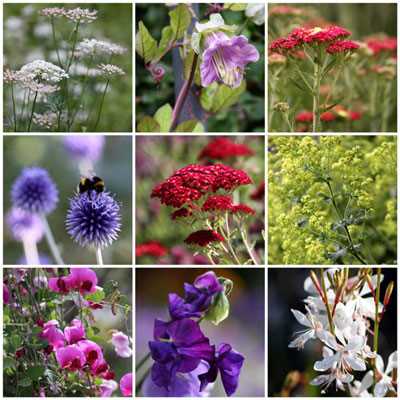
Some herbs have a slower growth rate compared to other plants, requiring extra time to develop as seedlings. Here are a few slow-growing herbs:
Basil (Ocimum basilicum)
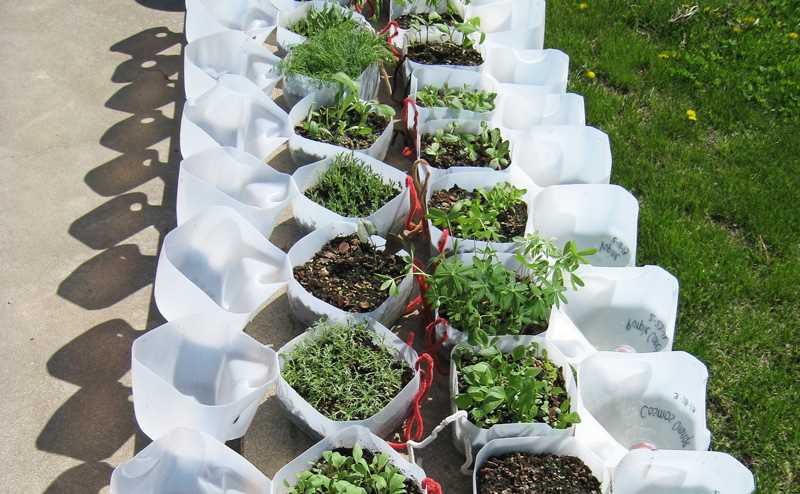
Basil is a popular herb known for its aromatic leaves and versatile culinary uses. It is slow-growing and needs a longer time to grow as seedlings before being transplanted outdoors. It is recommended to start basil indoors 6-8 weeks before the last frost date.
Rosemary (Rosmarinus officinalis)
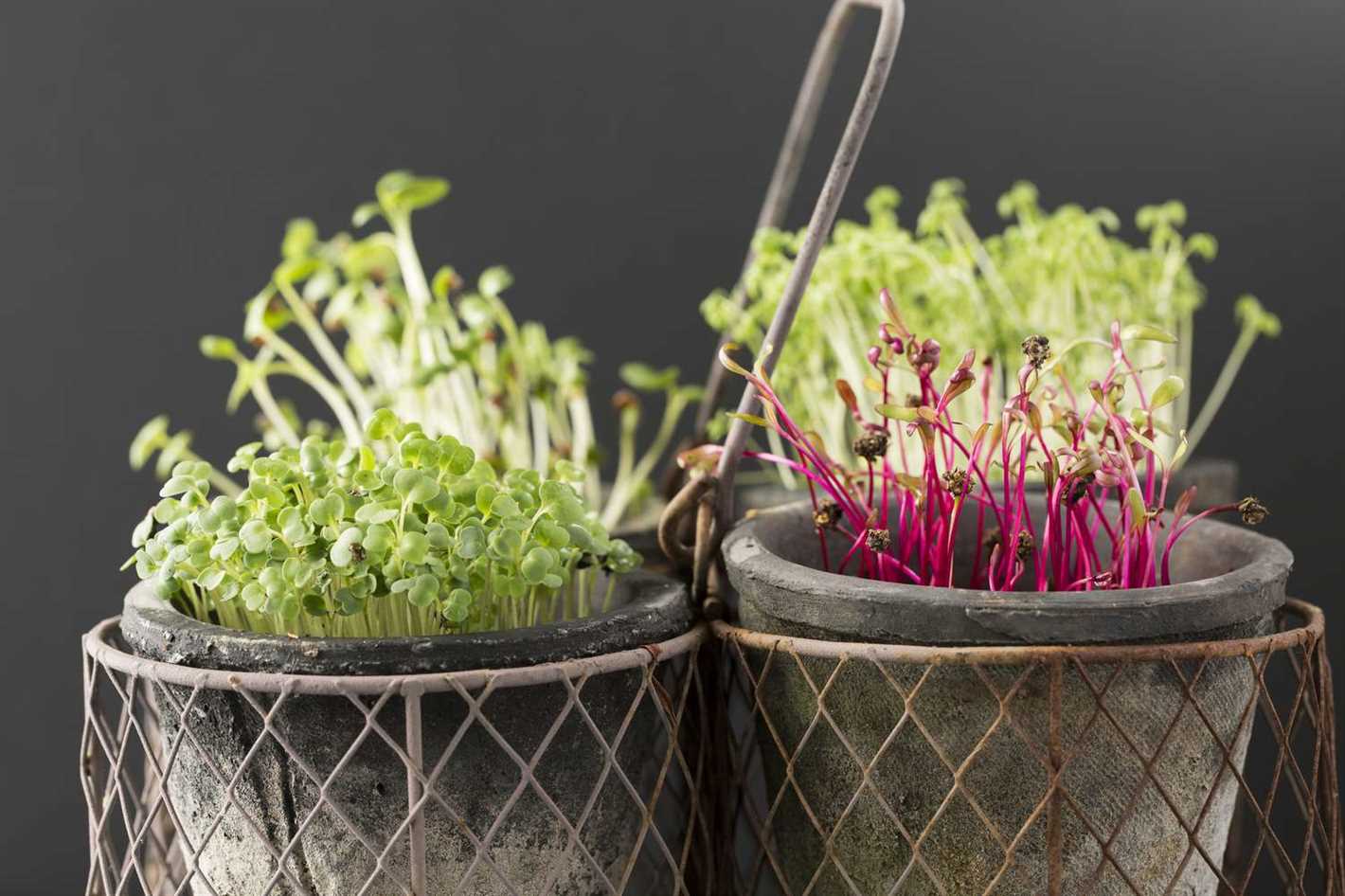
Rosemary is a woody perennial herb with a distinct fragrance and flavor. It has a slow growth rate and requires some extra time to develop as seedlings. Start rosemary indoors 8-10 weeks before the last frost date for best results.
Oregano (Origanum vulgare)
Oregano is a pungent herb commonly used in Mediterranean cuisine. It has a slow growth rate and needs a longer time to develop as seedlings. Start oregano indoors 8-10 weeks before the last frost date or sow directly outdoors after the danger of frost has passed.
Thyme (Thymus vulgaris)
Thyme is a fragrant herb that adds a savory flavor to dishes. It has a slow growth rate and requires extra time to develop as seedlings. Start thyme indoors 6-8 weeks before the last frost date or sow directly outdoors after the danger of frost has passed.
When starting these slow-growing herbs as seedlings, provide them with a warm and sunny spot, and make sure to provide adequate water and well-draining soil. Patience and care will reward you with healthy and vibrant herb plants for your garden.
Long-Growing Flowers

- Tulips: Tulips are known for their vibrant colors and graceful blooms. They require a long growing period before they can be transplanted outside, usually around 12 to 16 weeks. Start tulip seeds indoors in late January to ensure they are ready to bloom by springtime.
- Delphiniums: Delphiniums are tall, majestic flowers that add a pop of color to any garden. They need a long growing season of 16 to 20 weeks before they can be planted outdoors. Start delphinium seeds in January to enjoy their stunning blooms in the summer.
- Hollyhocks: Hollyhocks are old-fashioned, cottage garden favorites with tall stalks of beautiful flowers. They require a long growing period of 10 to 12 weeks and should be started indoors in January. Plant them outside once the danger of frost has passed, and enjoy their bright blooms in mid-summer.
- Canterbury Bells: Canterbury bells are bell-shaped flowers that come in a range of colors. They have a long growing period of 12 to 16 weeks and should be started indoors in January. Transplant them outside once the weather warms up and enjoy their charming blooms in the summer.
If you’re planning to grow these long-growing flowers from seeds, it’s important to start them early to give them enough time to develop into strong, healthy seedlings. By starting them in January, you’ll have beautiful flowers to enjoy in the upcoming seasons.
Perennial Plants
Perennial plants are a great addition to any garden as they come back year after year, bringing beauty and color to your outdoor space. While many perennial plants can be directly sown outside in January, some do require extra time to develop as seedlings before they can be transplanted. Here are a few perennial plants that may benefit from early indoor sowing:
Lavender (Lavandula angustifolia)
- Lavender is a fragrant and drought-tolerant perennial plant.
- Start lavender seeds indoors in January to give them a head start before the growing season.
- Use a well-draining soil mix and provide plenty of light for optimal germination.
- Transplant lavender seedlings outdoors in the spring when all danger of frost has passed.
Echinacea (Echinacea purpurea)
- Echinacea, also known as coneflower, is a hardy perennial plant with beautiful, daisy-like flowers.
- Start echinacea seeds indoors in January, as they require a longer growing season to establish before blooming.
- Use a seed starting mix and keep the soil moist until germination occurs.
- Transplant echinacea seedlings outdoors in late spring or early summer once the soil has warmed up.
Peony (Paeonia spp.)
- Peonies are beloved for their large, showy blooms and long lifespan.
- Start peony seeds indoors in January as they can take several months to germinate.
- Use a well-draining soil mix and soak the seeds for 24 hours before planting to improve germination.
- Transplant peony seedlings outdoors in the fall, allowing them time to establish their root systems before winter.
These are just a few examples of perennial plants that may require extra time to develop as seedlings. It’s always a good idea to check the specific requirements of the perennial plants you are interested in growing to ensure successful germination and growth.
Hardy Trees and Shrubs
- Evergreen Trees and Shrubs: These hardy plants can be sown indoors in January for later transplanting outdoors. Some popular options include:
- Juniper
- Pine
- Cedar
- Holly
- Deciduous Trees and Shrubs: Many deciduous trees and shrubs can also be sown in January and require a longer growing period. Consider sowing the following:
- Oak
- Maple
- Birch
- Willow
- Hedge Plants: If you plan to create a hedge, January is a good time to sow seeds for hardy hedge plants that require an extended growth period. Some examples include:
- Boxwood
- Privet
- Yew
- Ornamental Trees and Shrubs: For those looking for ornamental trees and shrubs, January is a great time to start seeds for the following:
- Japanese Cherry Blossom
- Flowering Dogwood
- Lilac
- Hydrangea
- Native Trees and Shrubs: If you want to grow trees and shrubs that are native to your region, January is a good time to sow seeds for the following:
- Redbud
- Serviceberry
- Witch Hazel
- Viburnum
Note: It’s important to consult a local gardening guide or talk to experts in your area to determine the specific varieties and requirements for sowing these hardy trees and shrubs in January. Climate and soil conditions can vary greatly, and it’s important to choose plants that will thrive in your specific environment. Additionally, some tree and shrub species may have specific requirements or considerations for successful germination and growth.
Heat-Loving Vegetables
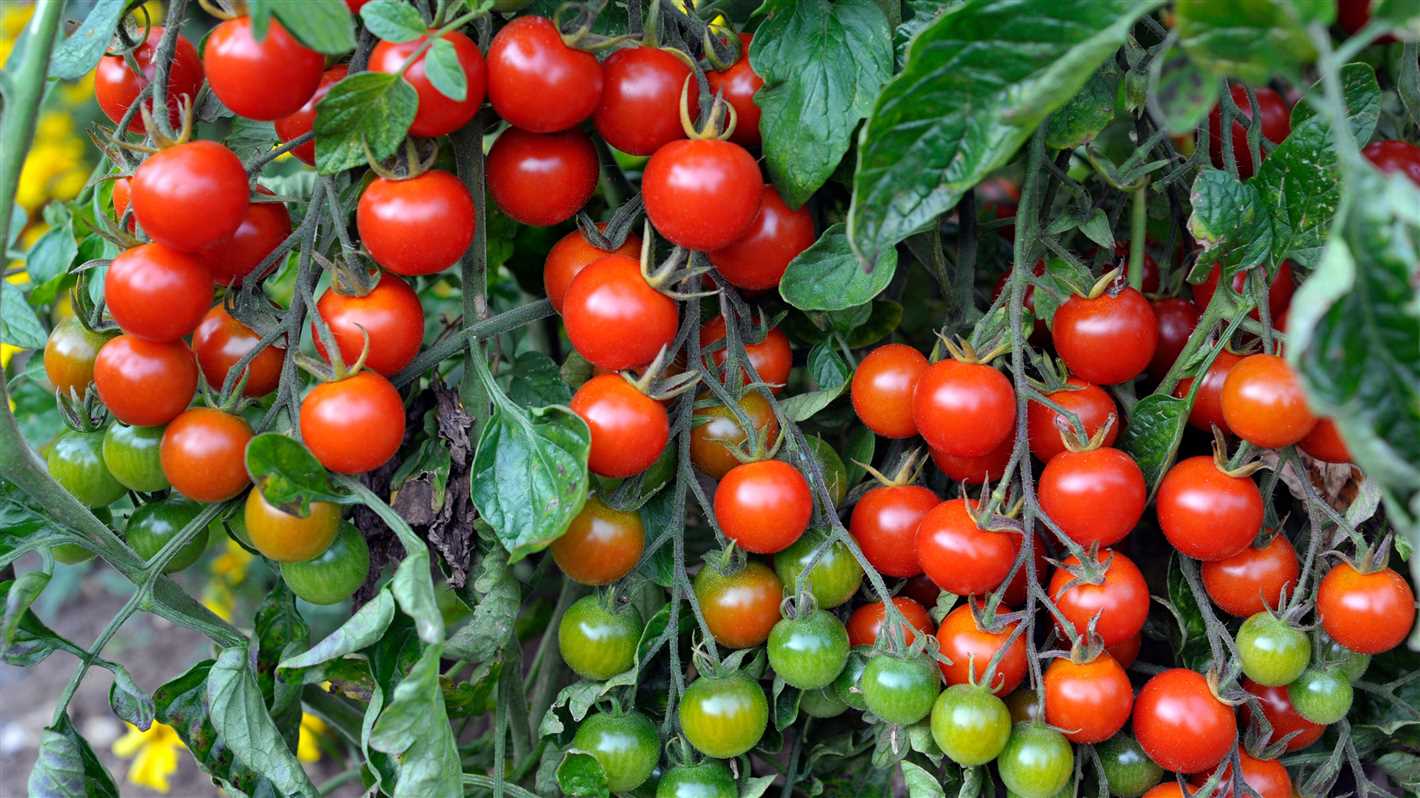
If you are planning to start your seedlings in January, there are certain heat-loving vegetables that require extra time to develop before transplanting them outdoors. These vegetables thrive in warm weather and need a longer growing season to reach their full potential.
Tomatoes
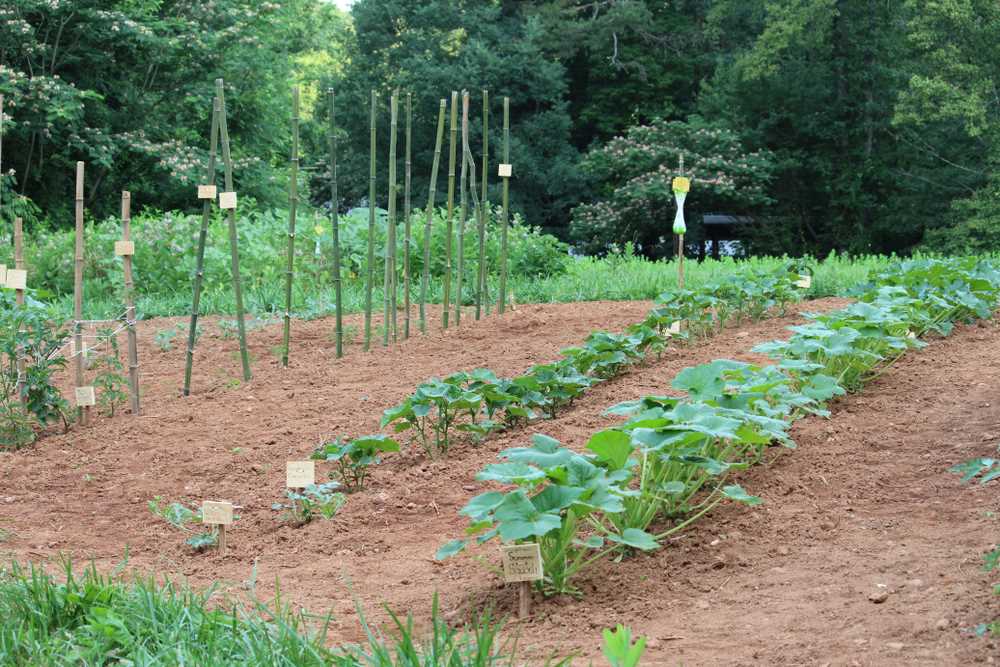
Tomatoes are one of the most popular heat-loving vegetables. They require a long growing season, with some tomato varieties taking up to 8 weeks to develop into strong seedlings. Starting tomato seeds indoors in January will give them enough time to grow and mature before planting them outdoors in the spring.
Peppers
Peppers, both sweet and hot varieties, are another heat-loving vegetable that benefits from an early start indoors. The seeds should be started in trays or pots in January, as they can take up to 10 weeks to develop into sturdy seedlings. This will allow the peppers to establish strong root systems and have a better chance of producing a bountiful harvest.
Eggplant
Eggplant is a heat-loving vegetable that requires a long growing season. Starting the seeds indoors in January will give them the necessary head start, as they can take up to 12 weeks to develop into healthy seedlings. Transplanting them outdoors once the weather warms up will give the eggplants ample time to mature and produce abundant fruit.
Cucumbers
Cucumbers are another vegetable that thrives in warm weather. By starting cucumber seeds indoors in January, you can give them a head start and ensure a longer growing season. Cucumber seeds usually germinate within a week, and the seedlings can be transplanted outdoors after about 3-4 weeks. This early start will allow the cucumbers to grow vigorously and produce plenty of fresh, crisp fruits.
Watermelon
Although watermelon plants require plenty of heat and sun to thrive, starting the seeds indoors in January is not necessary for all regions. If you live in a cooler climate, starting watermelon seeds early can give the plants a better chance of producing ripe melons before the cooler weather sets in. Watermelon seeds typically germinate within a week, and the seedlings can be transplanted outdoors after about 3-4 weeks.
| Heat-Loving Vegetables | Recommended Seed Starting Time (Indoors) |
|---|---|
| Tomatoes | 8 weeks before last frost date |
| Peppers | 10 weeks before last frost date |
| Eggplant | 12 weeks before last frost date |
| Cucumbers | 3-4 weeks before last frost date |
| Watermelon | 3-4 weeks before last frost date (for cooler climates) |
Starting heat-loving vegetables indoors in January can give them a head start and ensure a longer growing season. By providing them with the warmth and care they need during their early development, you will increase your chances of a successful harvest of these delicious and nutritious vegetables.
Frost-Tolerant Plants
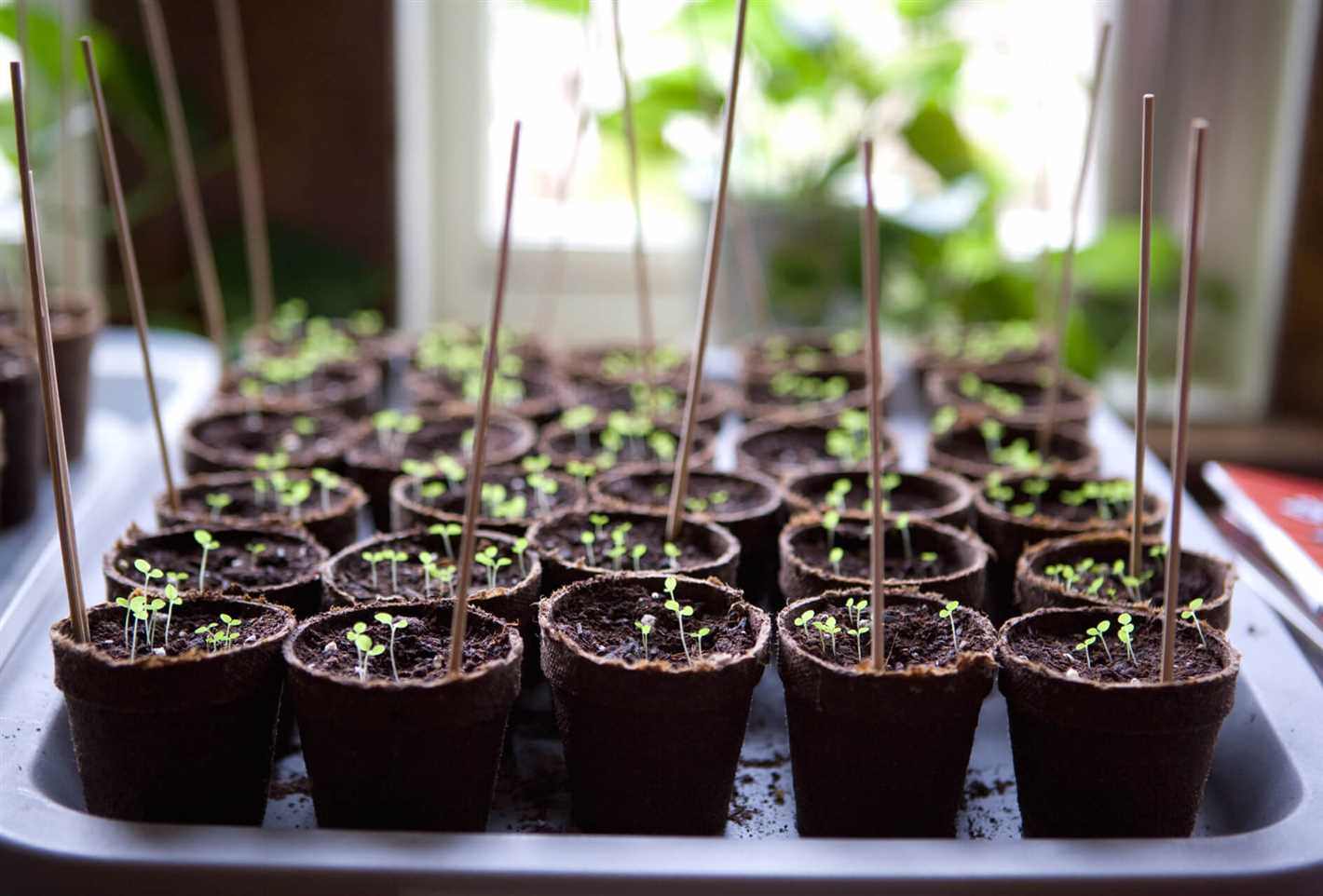
Frost-tolerant plants are able to withstand cold temperatures and continue growing even in frosty conditions. These plants are ideal for starting as seedlings in January because they have a longer growing season and can handle the cooler temperatures of early spring.
Here are some frost-tolerant plants that can be sown as seedlings in January:
- Kale – Kale is a cold-loving vegetable that can handle temperatures as low as 20°F (-6°C). It grows well in cool weather and can be harvested throughout the winter.
- Spinach – Spinach is another cold-tolerant plant that can withstand temperatures as low as 15°F (-9°C). It can be harvested as baby leaves or grown to full size.
- Lettuce – Certain varieties of lettuce, such as winter lettuce or romaine lettuce, are frost-tolerant and can be sown in January. They can be harvested early in the spring.
- Broccoli – Broccoli is a frost-tolerant plant that can be sown in January and transplanted outdoors when the weather warms up. It can handle temperatures as low as 25°F (-4°C).
- Carrots – Carrots can withstand light frosts and can be sown as seedlings in January. They will continue to grow slowly throughout the winter and can be harvested in the early spring.
When sowing frost-tolerant plants in January, it’s important to provide them with protection against extreme temperatures. Using row covers or cold frames can help protect the seedlings from frost and cold winds.
| Plant | Hardiness | Harvest Time |
|---|---|---|
| Kale | 20°F (-6°C) | Throughout winter |
| Spinach | 15°F (-9°C) | Throughout winter |
| Lettuce | 25°F (-4°C) | Early spring |
| Broccoli | 25°F (-4°C) | Early spring |
| Carrots | Light frost | Early spring |
By sowing frost-tolerant plants as seedlings in January, you can get a head start on your garden and enjoy an early harvest of fresh vegetables.
“Question-Answer”
Which plants should be sown in January for seedlings?
Some plants that should be sown in January for seedlings are tomatoes, peppers, eggplants, and herbs like rosemary and thyme. These plants require extra time to develop before being transplanted outdoors.
Is it necessary to sow seeds indoors in January?
It is not necessary to sow all seeds indoors in January, but certain plants benefit from being started early. These include vegetables like tomatoes, peppers, and eggplants, as well as herbs like rosemary and thyme. Sowing these seeds indoors in January allows them to have a longer growing season and develop stronger seedlings.
What are the advantages of sowing seeds in January?
Sowing seeds in January has several advantages. Firstly, it allows for a longer growing season for certain plants, giving them more time to develop and produce a higher yield. Secondly, starting seeds indoors allows for better control of the growing conditions, such as temperature and humidity. Finally, sowing seeds in January helps to jumpstart the gardening season and gives gardeners a chance to get a head start on their planting.
Are there any plants that do not require extra time to develop for seedlings?
Yes, there are plants that do not require extra time to develop for seedlings. Some examples include lettuce, radishes, spinach, and peas. These plants can be directly sown into the garden in early spring, without the need for indoor seed starting.
What is the best way to sow seeds indoors in January?
The best way to sow seeds indoors in January is to use seed trays or seedling pots filled with a good quality seed starting mix. Plant the seeds at the recommended depth, water them gently, and cover the containers with plastic wrap or a clear lid to create a greenhouse-like environment. Place the containers in a warm location with indirect sunlight, or use grow lights to provide the necessary light for seed germination.
When should I transplant my January sown seedlings outdoors?
The timing for transplanting January sown seedlings outdoors will depend on the specific plant. In general, wait until the danger of frost has passed and the soil has warmed up before transplanting. This is usually around late spring or early summer. Check the specific recommendations for each plant to ensure proper timing for transplanting.
Can I sow flower seeds indoors in January?
Yes, you can sow flower seeds indoors in January. Many flowers benefit from being started early indoors, especially those that have a longer growing season or require a longer period of time to reach maturity. Some examples include pansies, petunias, and snapdragons. Follow the same seed starting process as with vegetables and herbs, using seed trays or pots filled with seed starting mix and providing the necessary conditions for germination.







